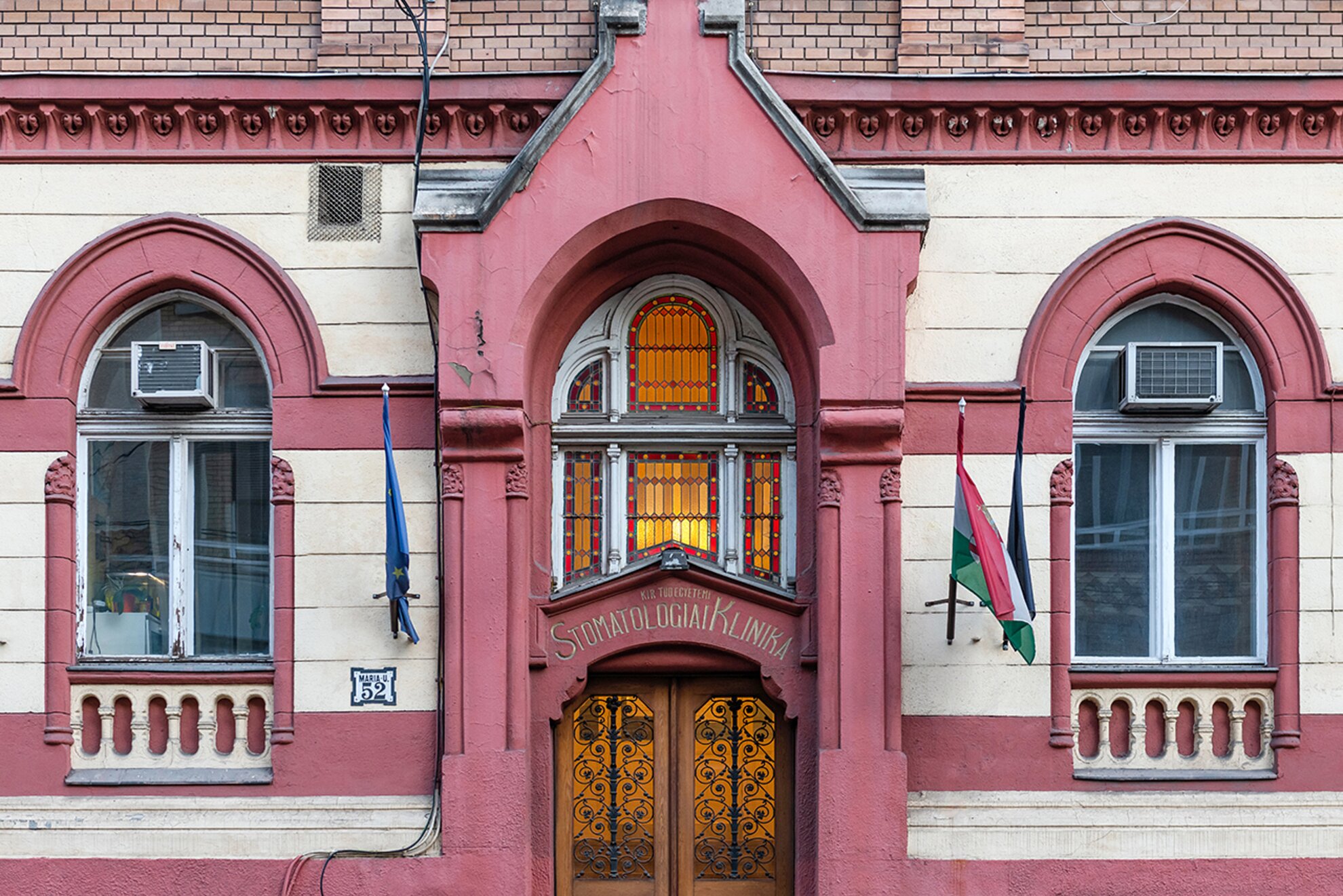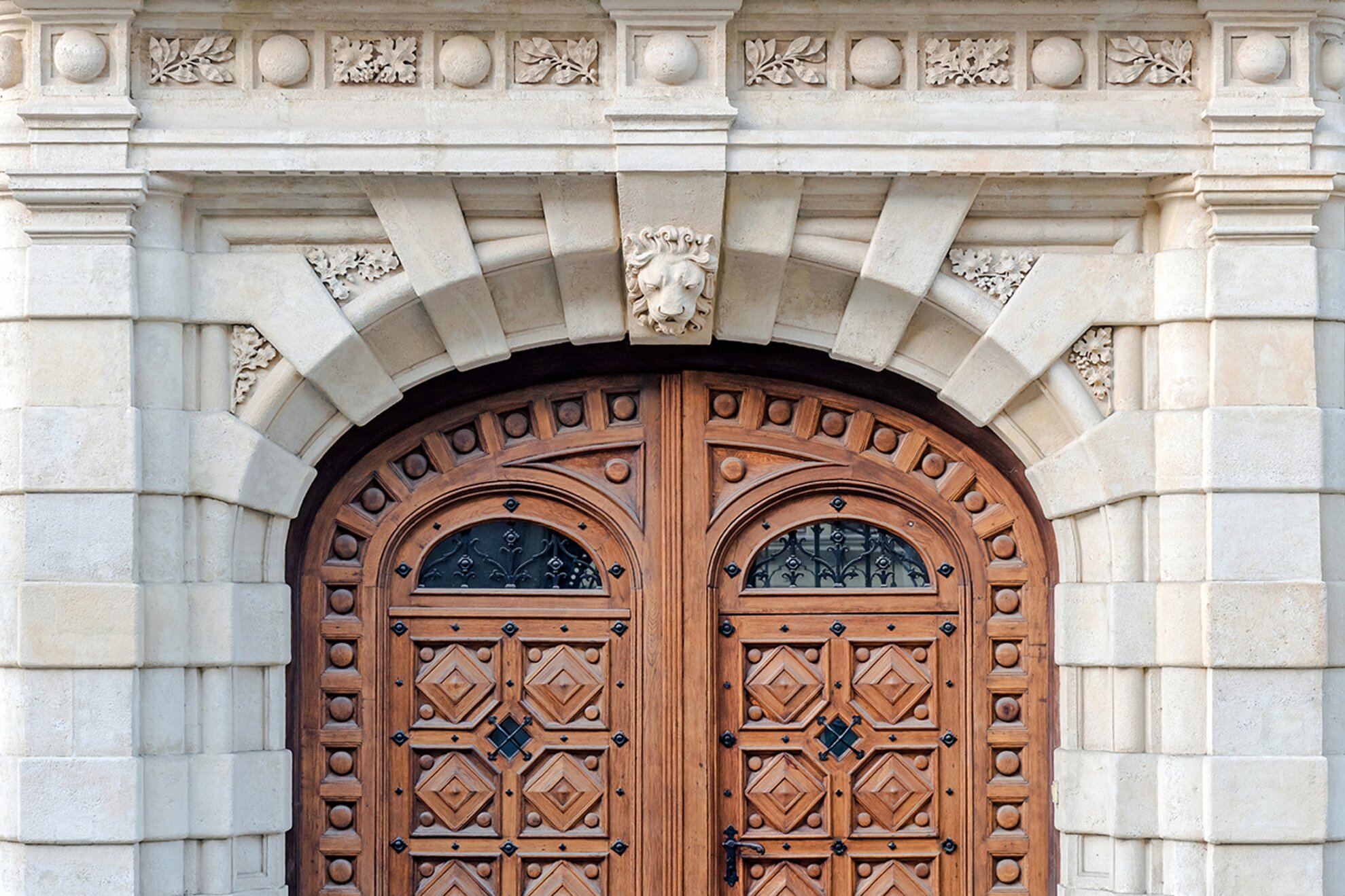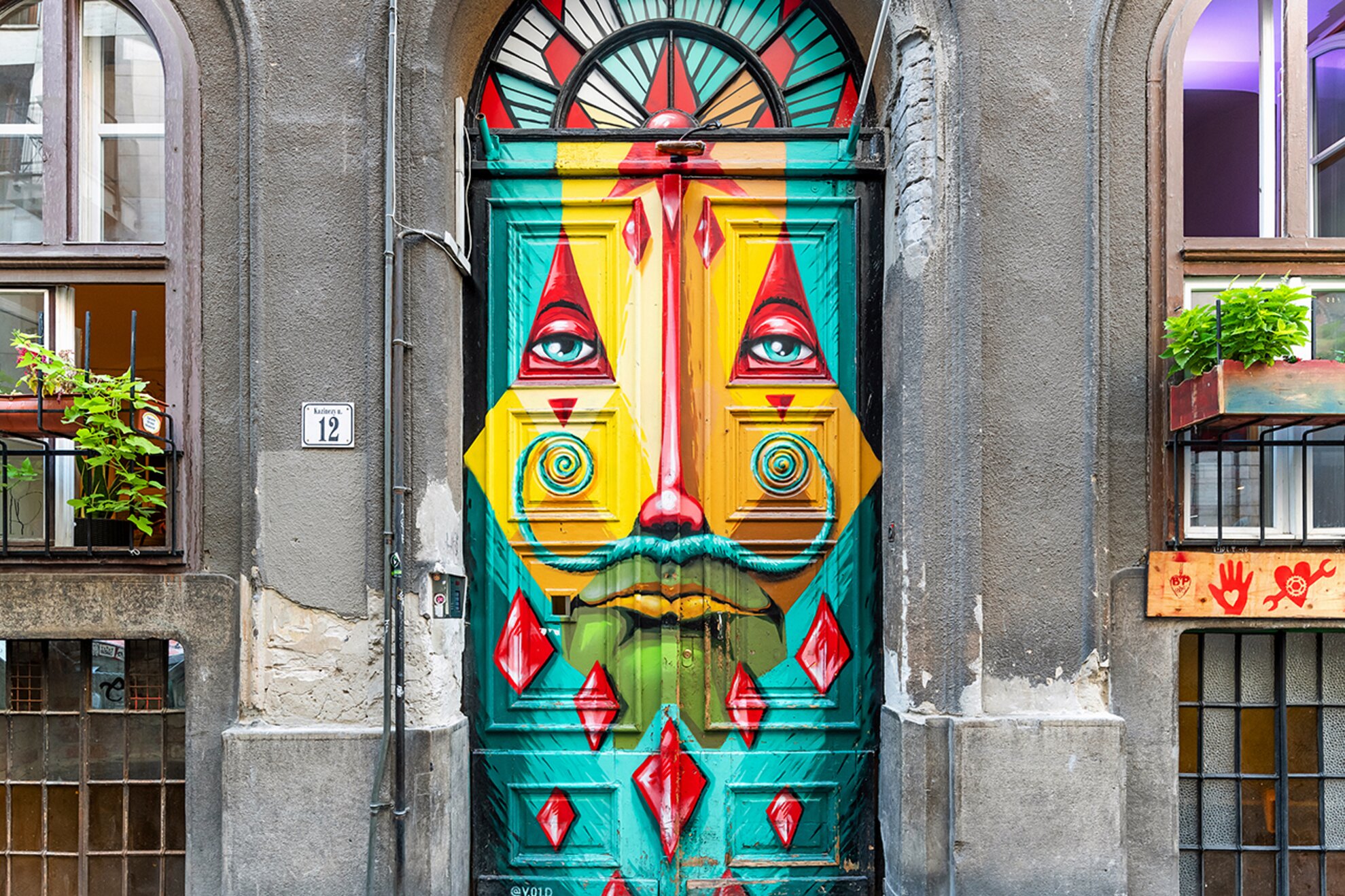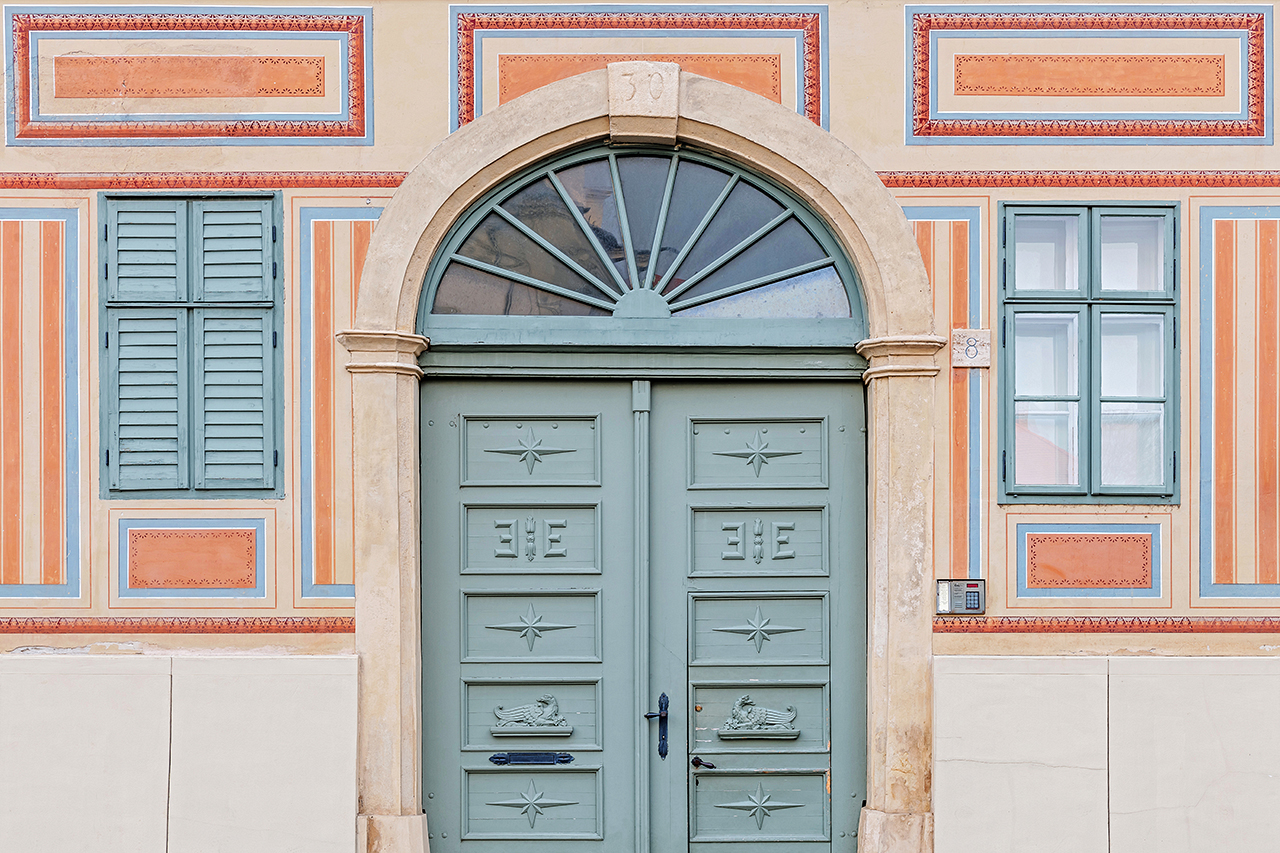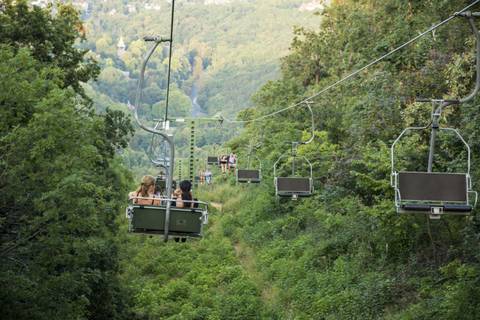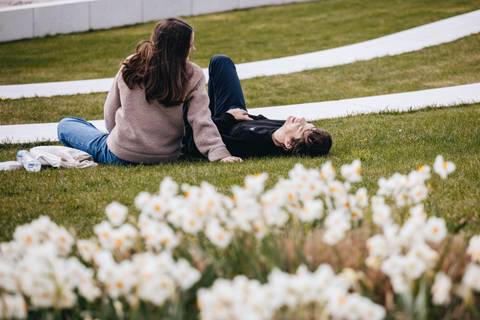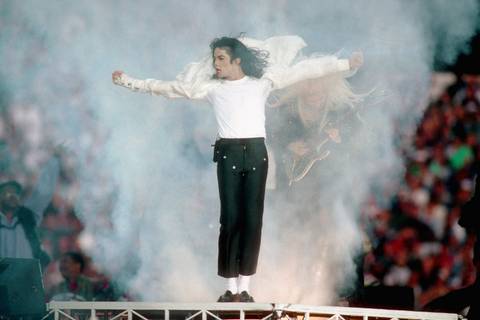The beauty of Budapest is in in the detail, as proven by this continuing series of images taken by expert photographer Krisztián Bódis. Each hides its own fascinating history, one the gateway to a former brothel, another to a boutique vineyard, another designated a Yellow-Star House, echoing the horrors of the Holocaust.
Walking up from Déli station, an exciting sight awaits at Alkotás utca 13: bunches of grapes, twisted columns and sculptures adorn the building. Featured are Dante and Beatrice and a likeness of St George, the dragon slayer. Angels watch over the arched gate, while beautiful wrought-iron flowers unfold as you open the gate of carved wood.
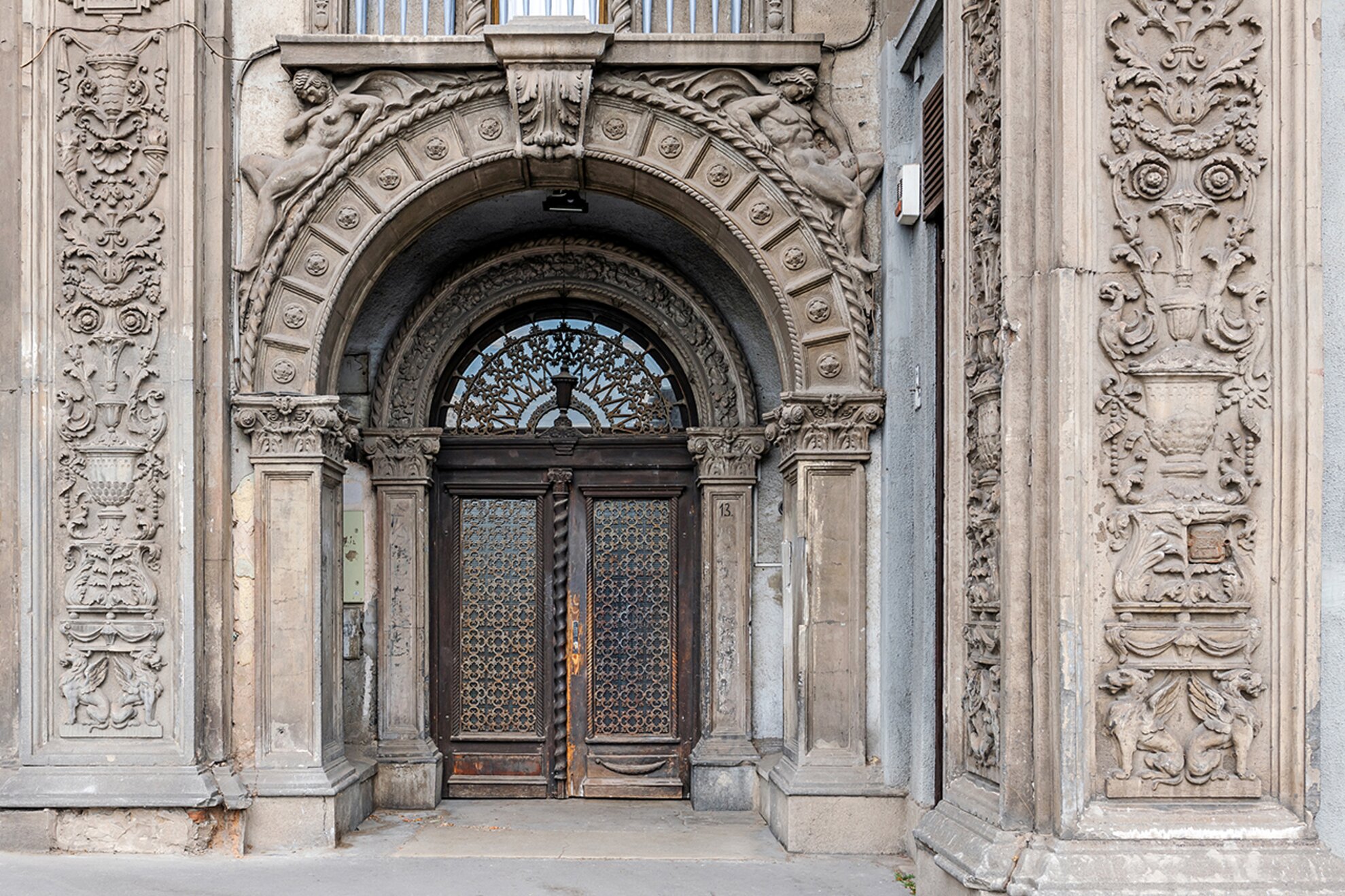
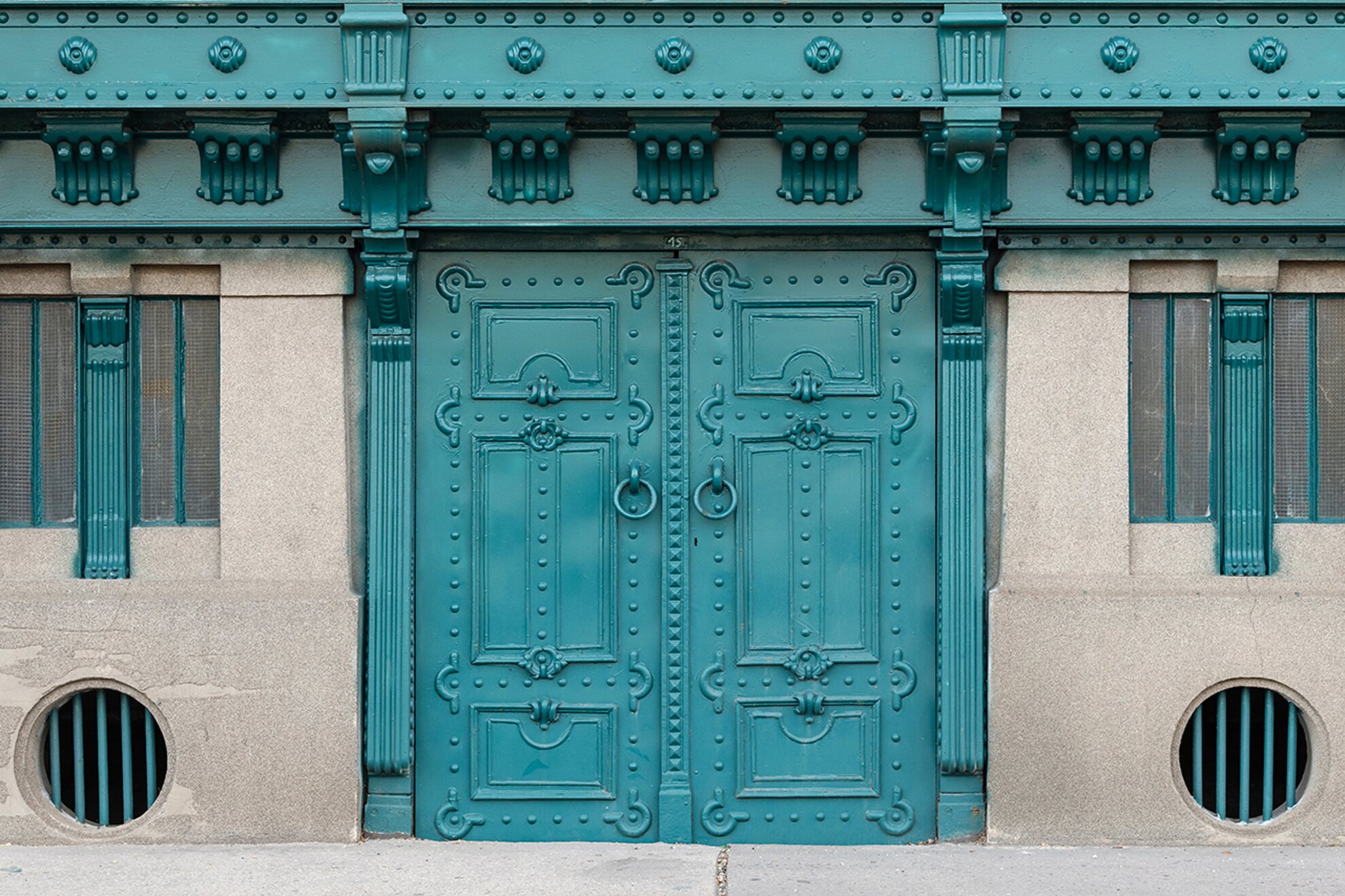
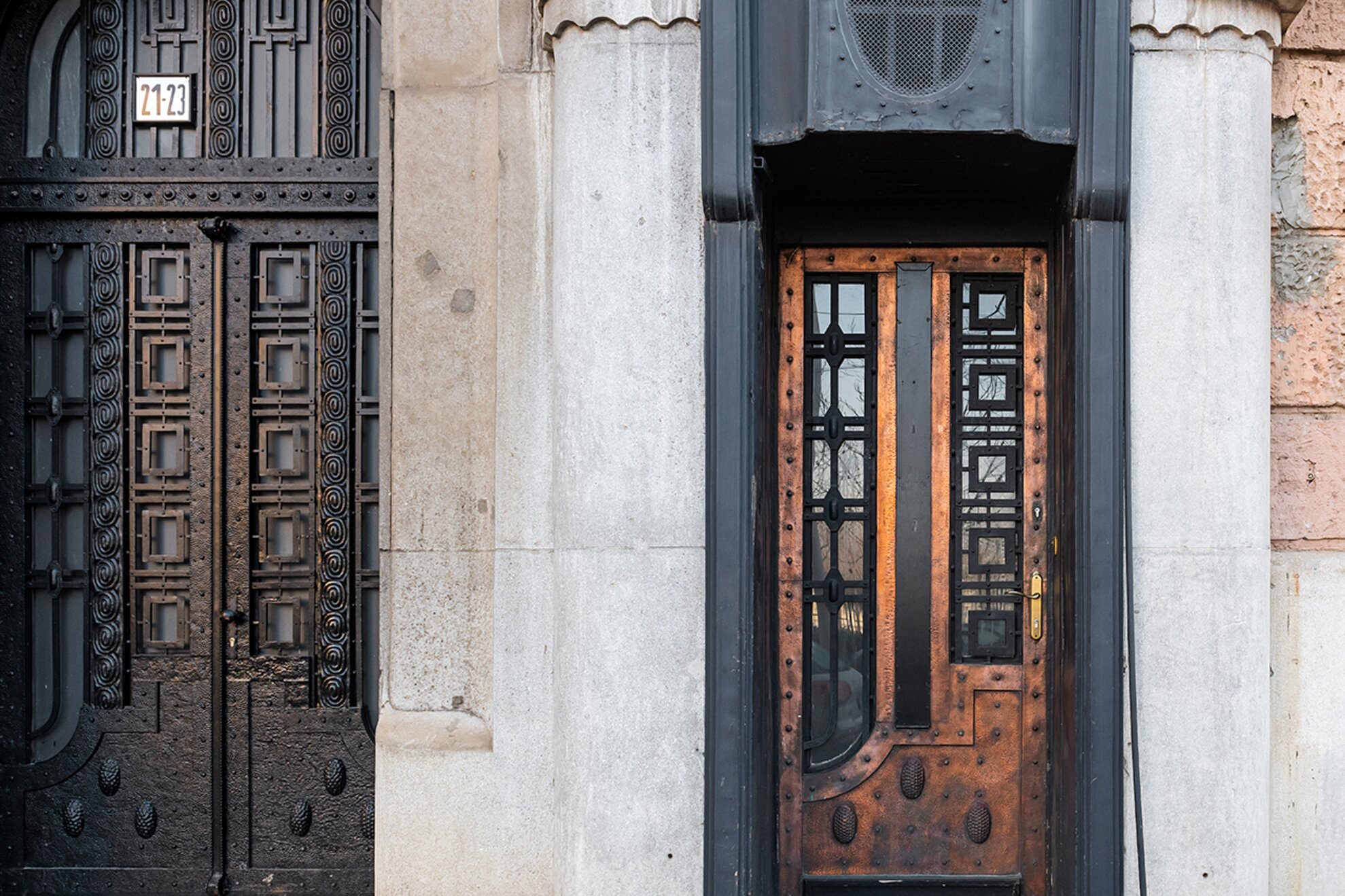
The stalwart sculptures on the Historicist building at Belgrád rakpart 25 have been watching over the Danube since 1899. During the war-time siege, residents were evicted and Russian soldiers moved into their homes, but the looted apartments were returned in 1945. The entrance is decorated with solemn men, flowers, fruit and a blank coat of arms.
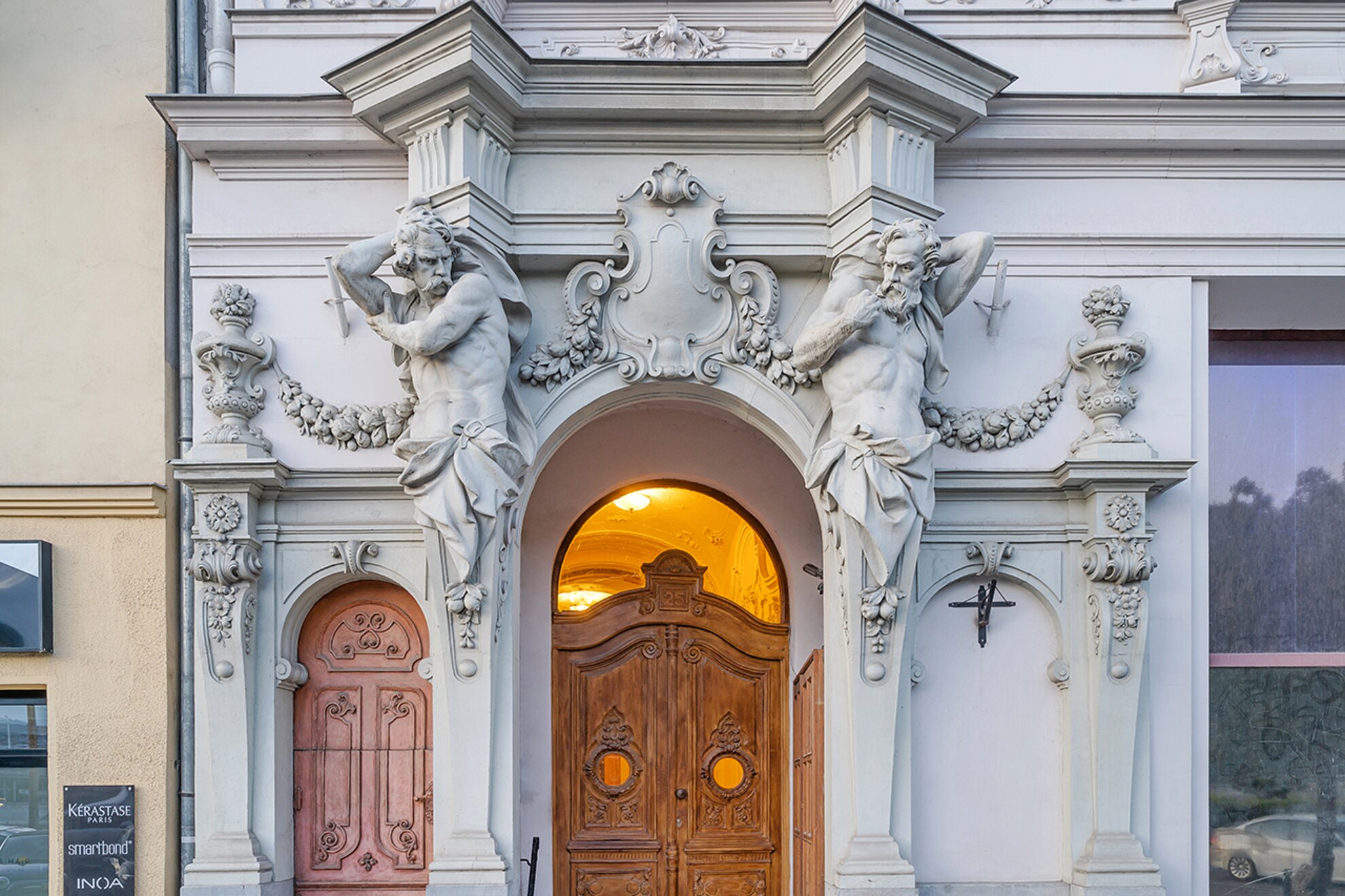
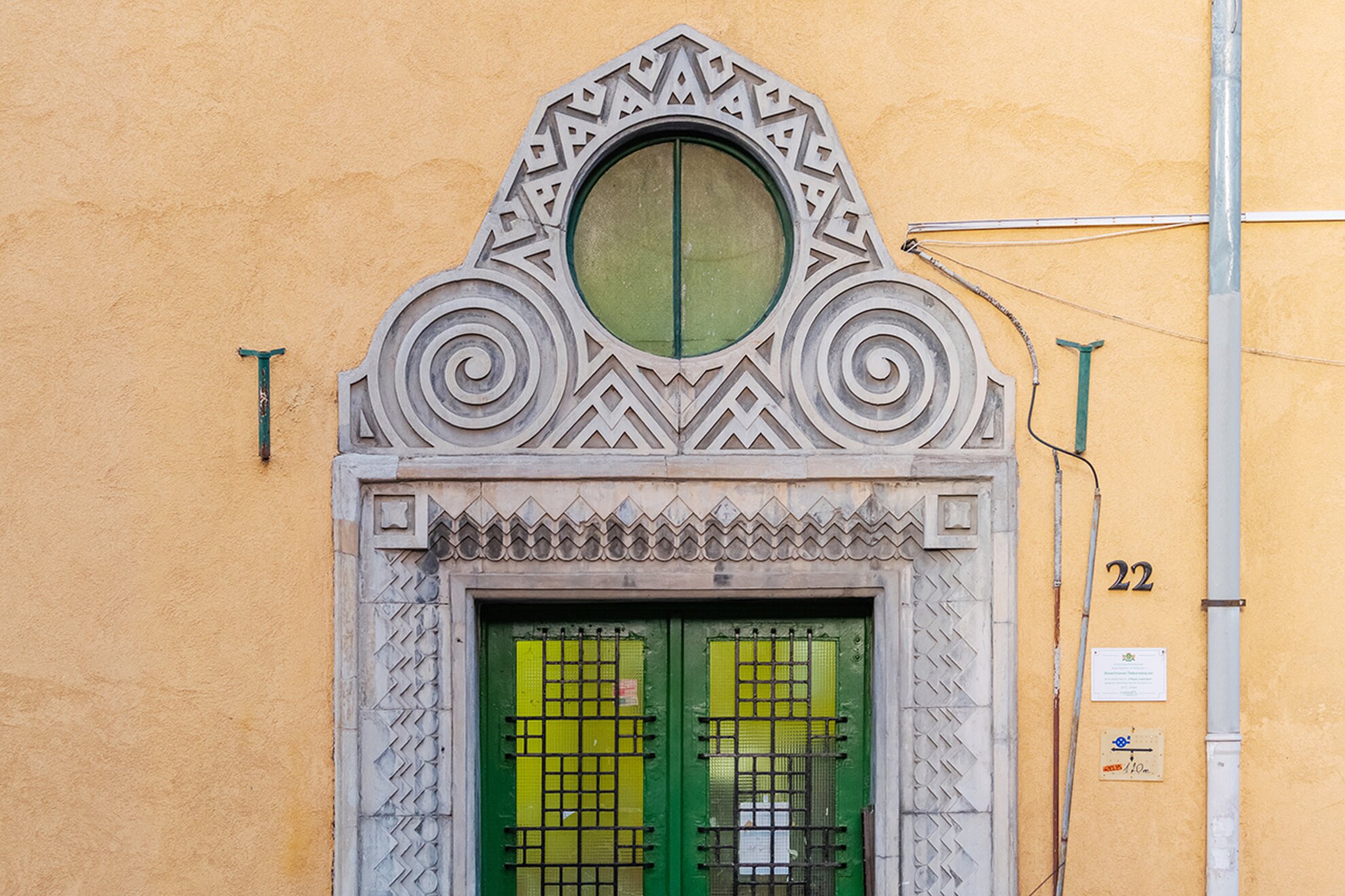
Bécsi kapu tér is one of the most important junctions in the Castle
District – fairs were held here every Saturday in the Middle Ages and,
according to folk tradition, heroic 14th-century nobleman Miklós Toldi hung his
weapons from the Vienna Gate (Bécsi kapu) itself. House No.8 still preserves
its medieval, vaulted doorway, although its visible form today is the result of
reconstructions in the Classicist 1700s and early 1900s.
The former lodging of
Count Móric Esterházy, with a special corner balcony, the house is most famous
for the vines that sprouted here out of the rubble of World War II in 1947.
Beside the pergola, on a millstone left over from the Middle Ages, an agave plant
also grows.
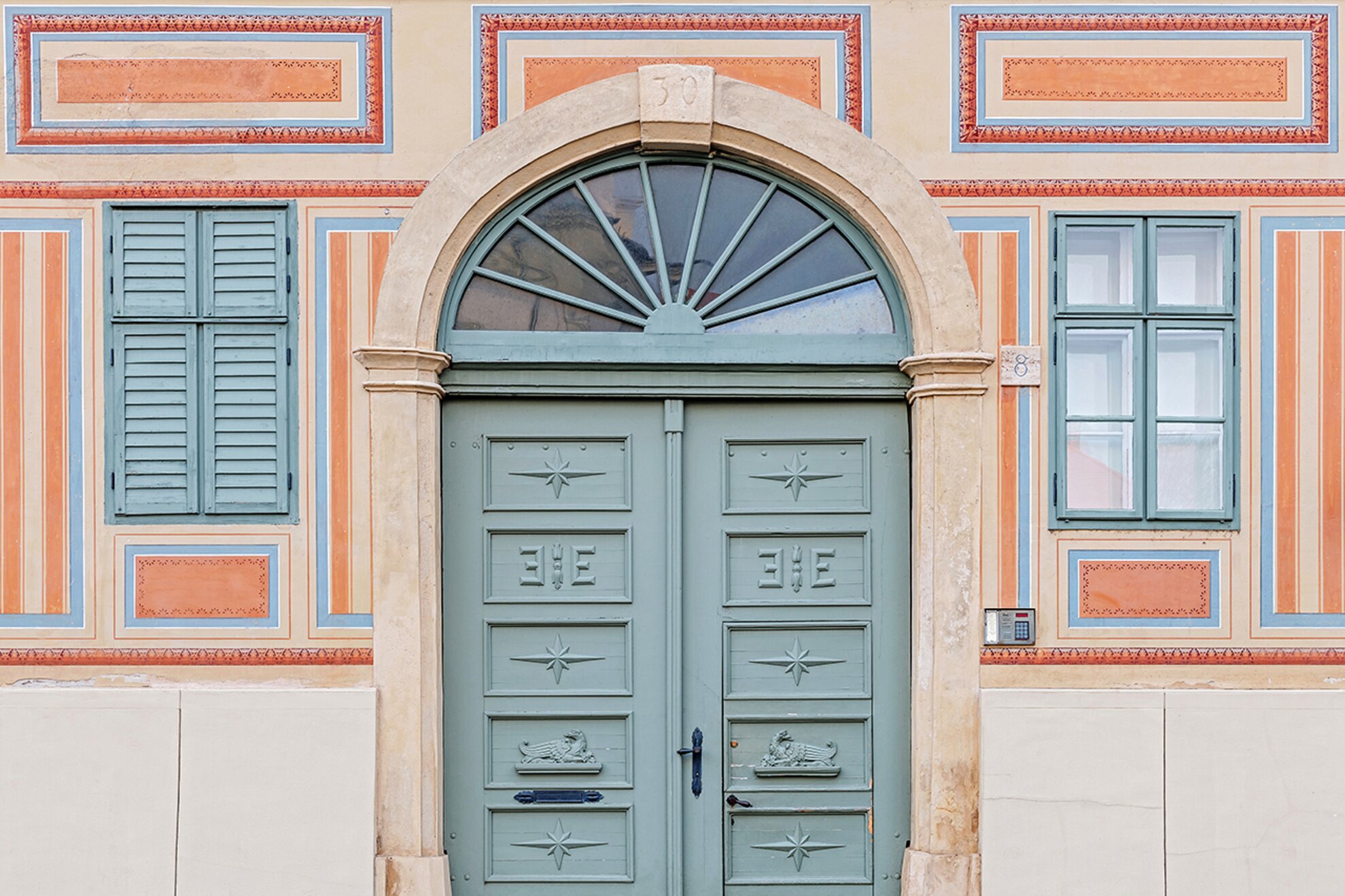
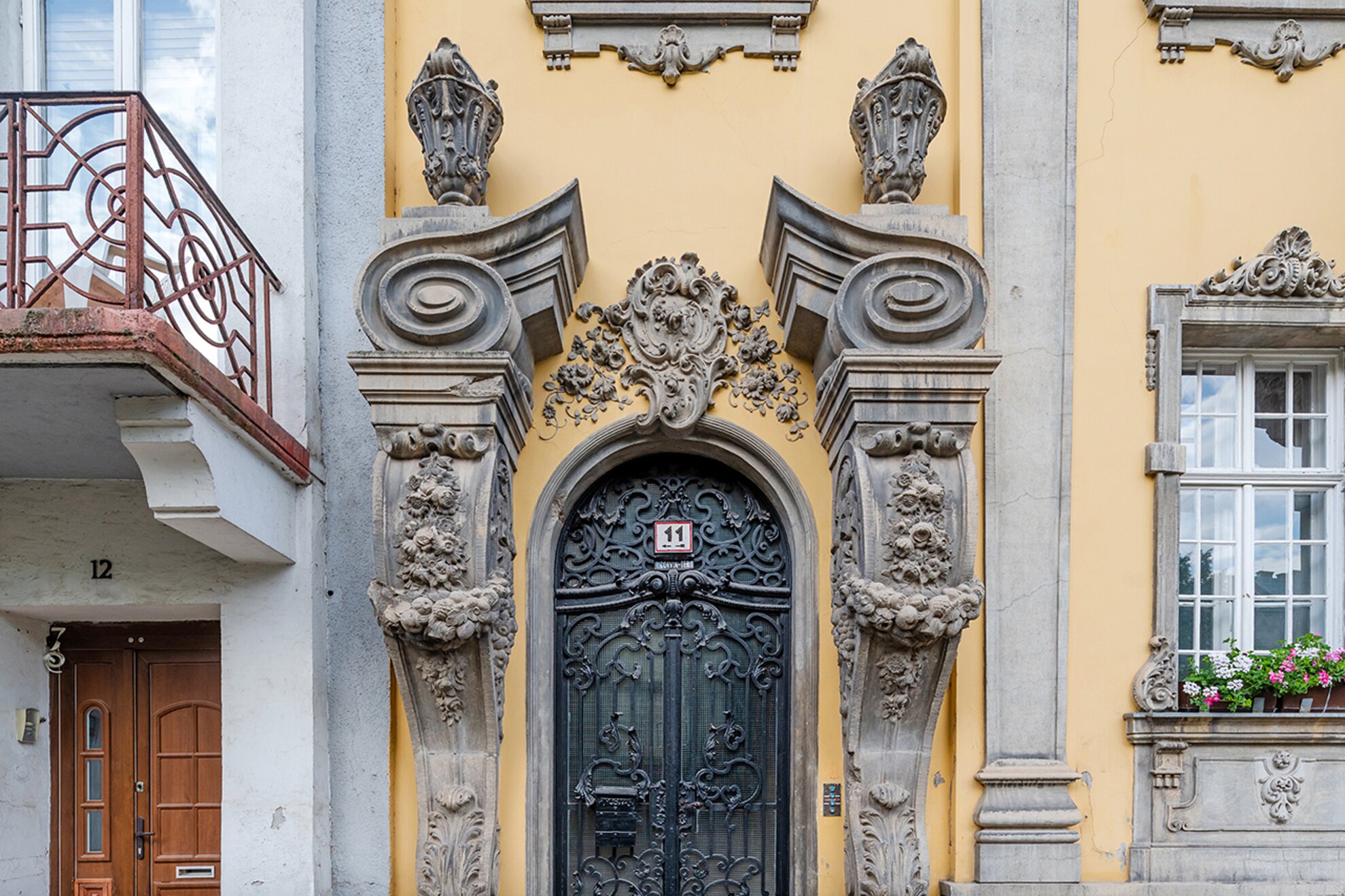
The property at Fő utca 33 is neither an Art-Nouveau gem nor a historic wonder, but a late-modern residential building built in the 1960s. Different shades of yellow with geometric patterns on the railings and zigzag-shaped balconies stop passers-by in their tracks.
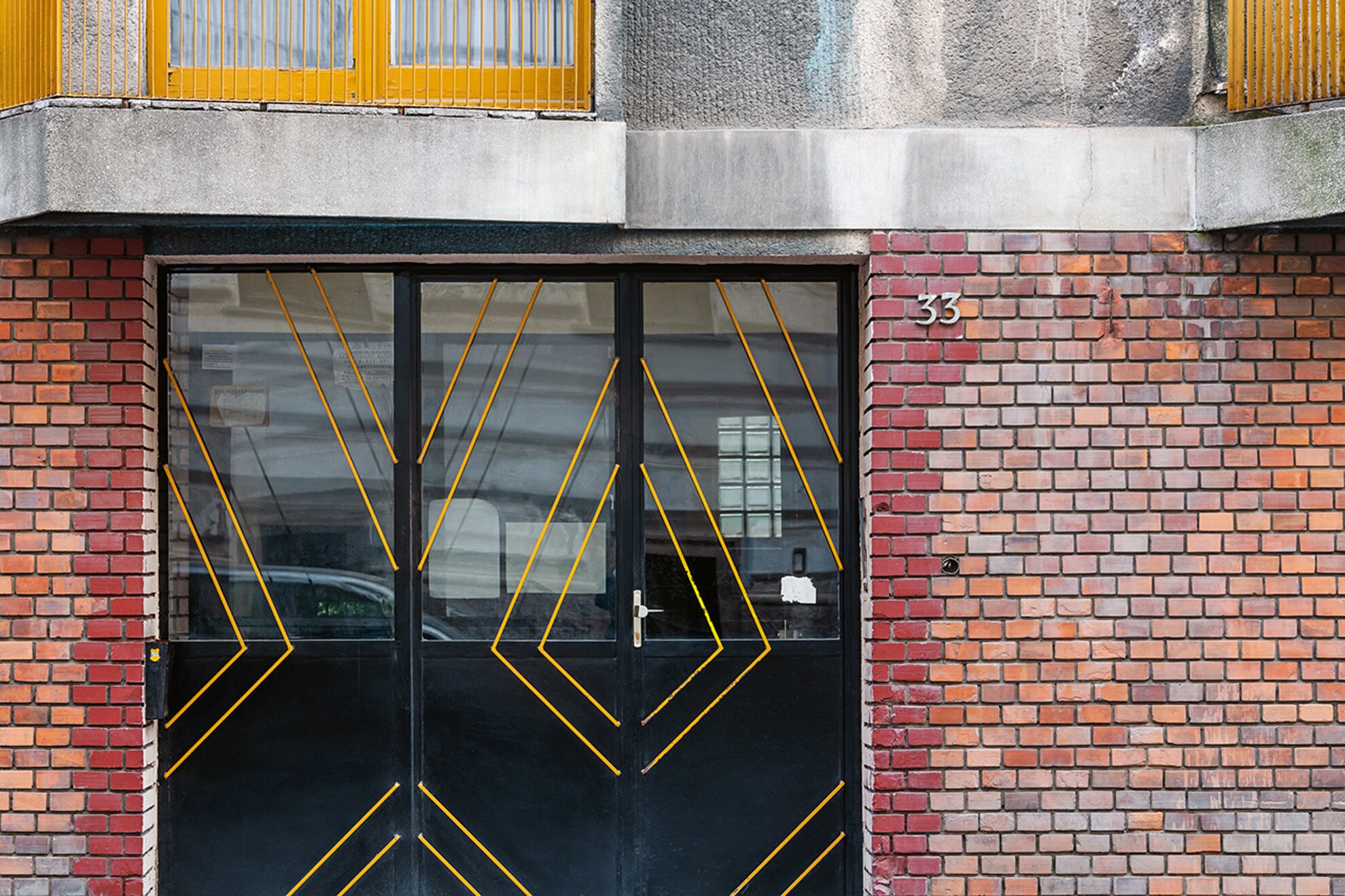
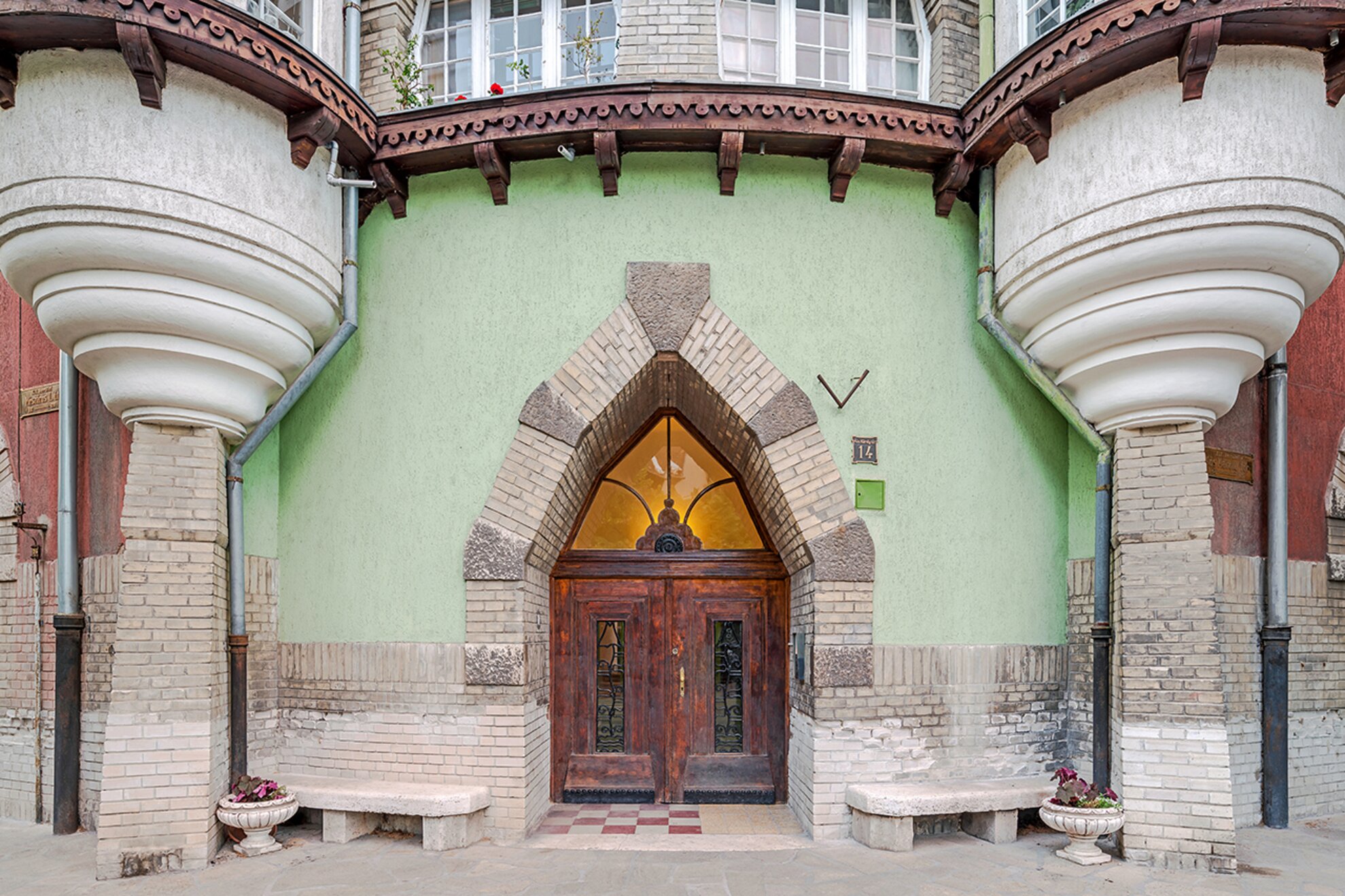
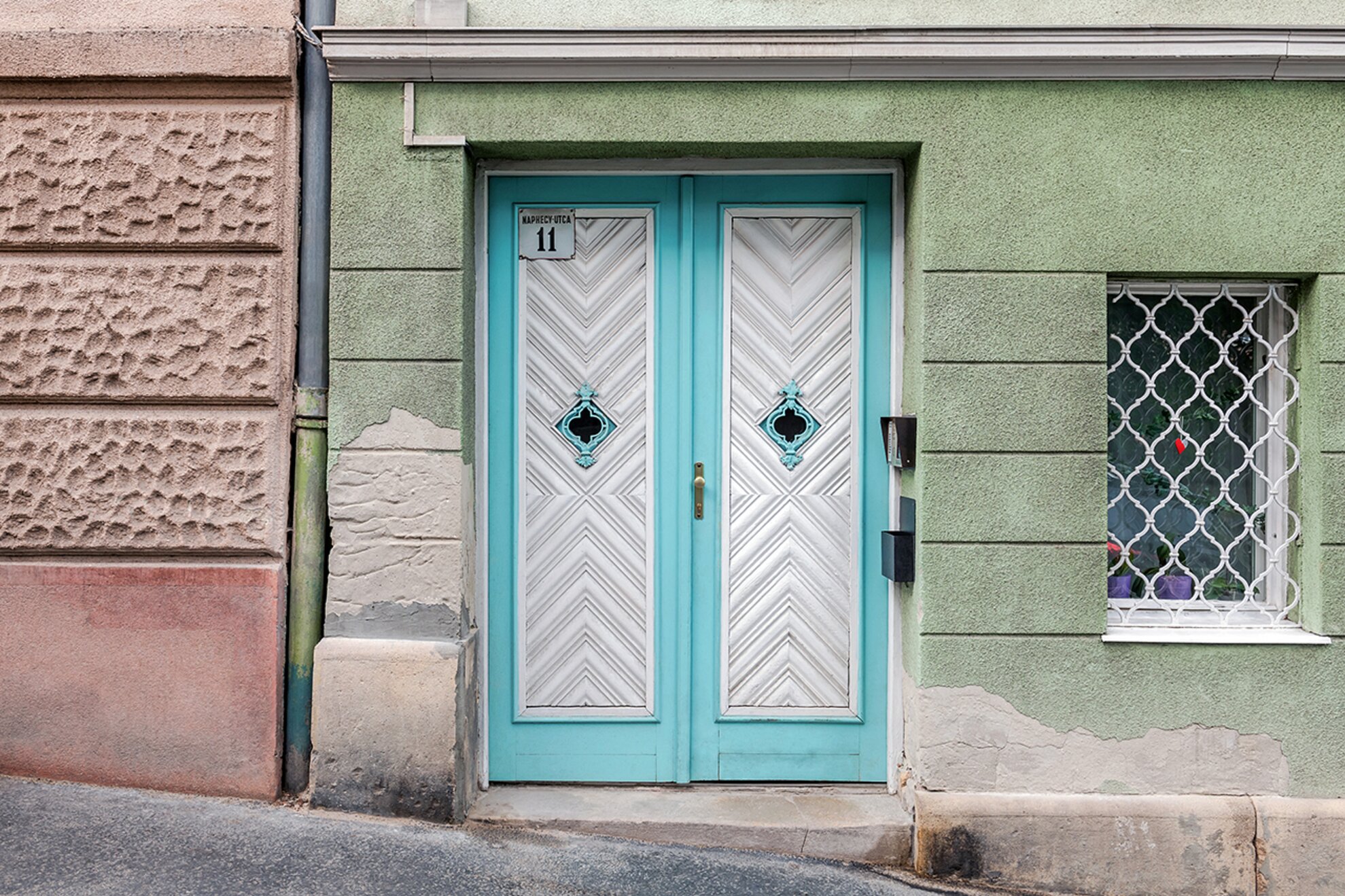
We have already featured the fabulous, though neglected, Art-Nouveau building at the corner of Ida utca and Ilka utca in Zugló. The house designed by Dezső Benedek was commissioned by court councillor József Schuler. Today it is home to an institute of further education in engineering, while the name of the Gödöllő University of Agrarian Science is inscribed above the large entrance.
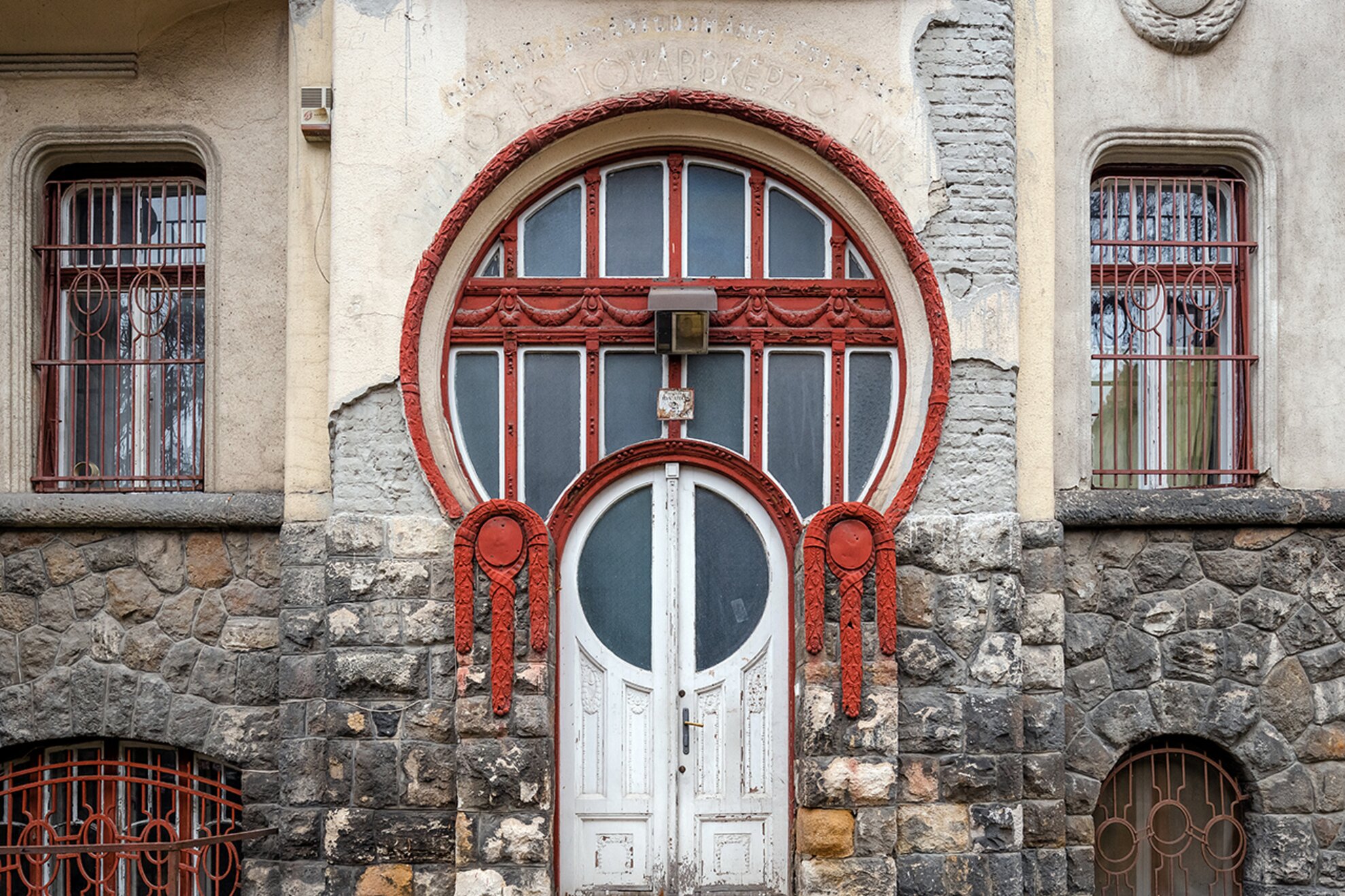
At Keleti Károly utca 29-31, this Art-Nouveau building is the work of Marcell Komor and Dezső Jakab. The spirals on the gate, the finely wrought-iron flowers and the tulips lined in a row are all inspired by the school of Ödön Lechner, pioneer of Art Nouveau in Hungary. The architects not only designed the property but they lived and worked here. It was declared a Yellow-Star House in 1944, designated for Jews thrown out of their own homes. Marcell Komor was abducted by Fascist Arrow Cross guards as he went to visit his sister.
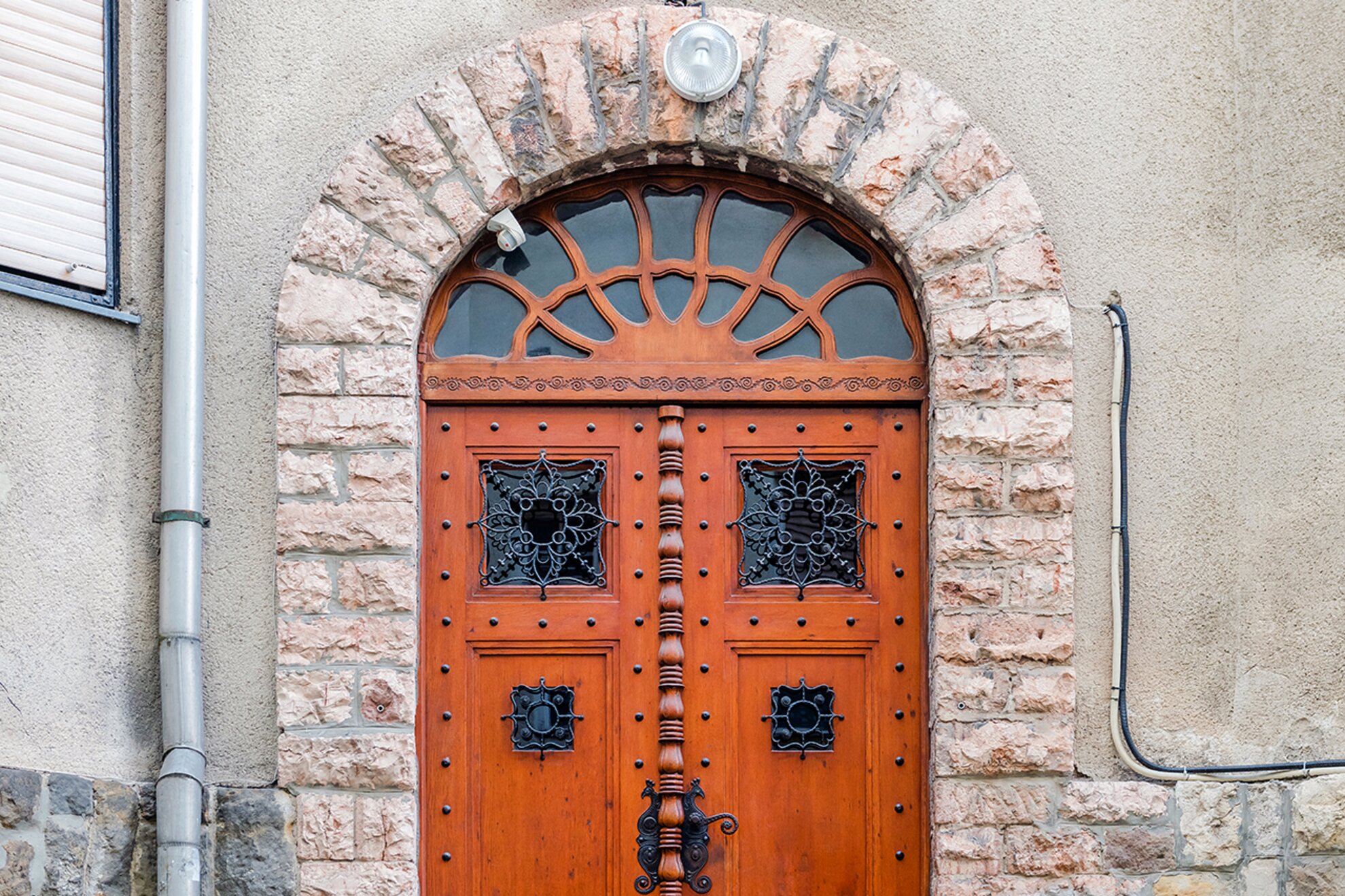
Szent László, with the tallest church tower in Budapest, is eclectic and Art Nouveau, which not only shows the handiwork of Ödön Lechner and Miksa Róth, but colourful Zsolnay tiling, pyrogranite building decoration and Persian motifs make it unique.
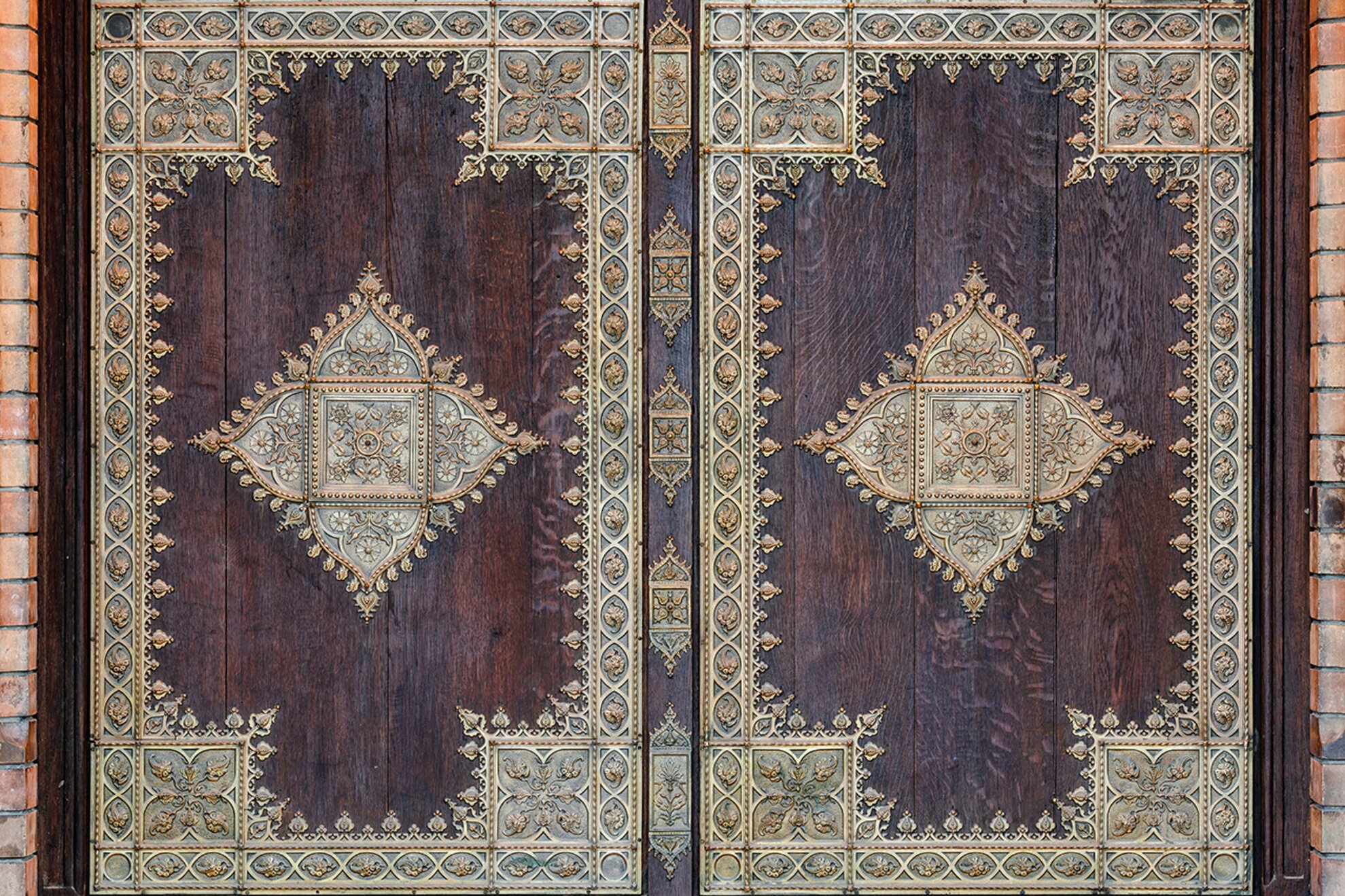
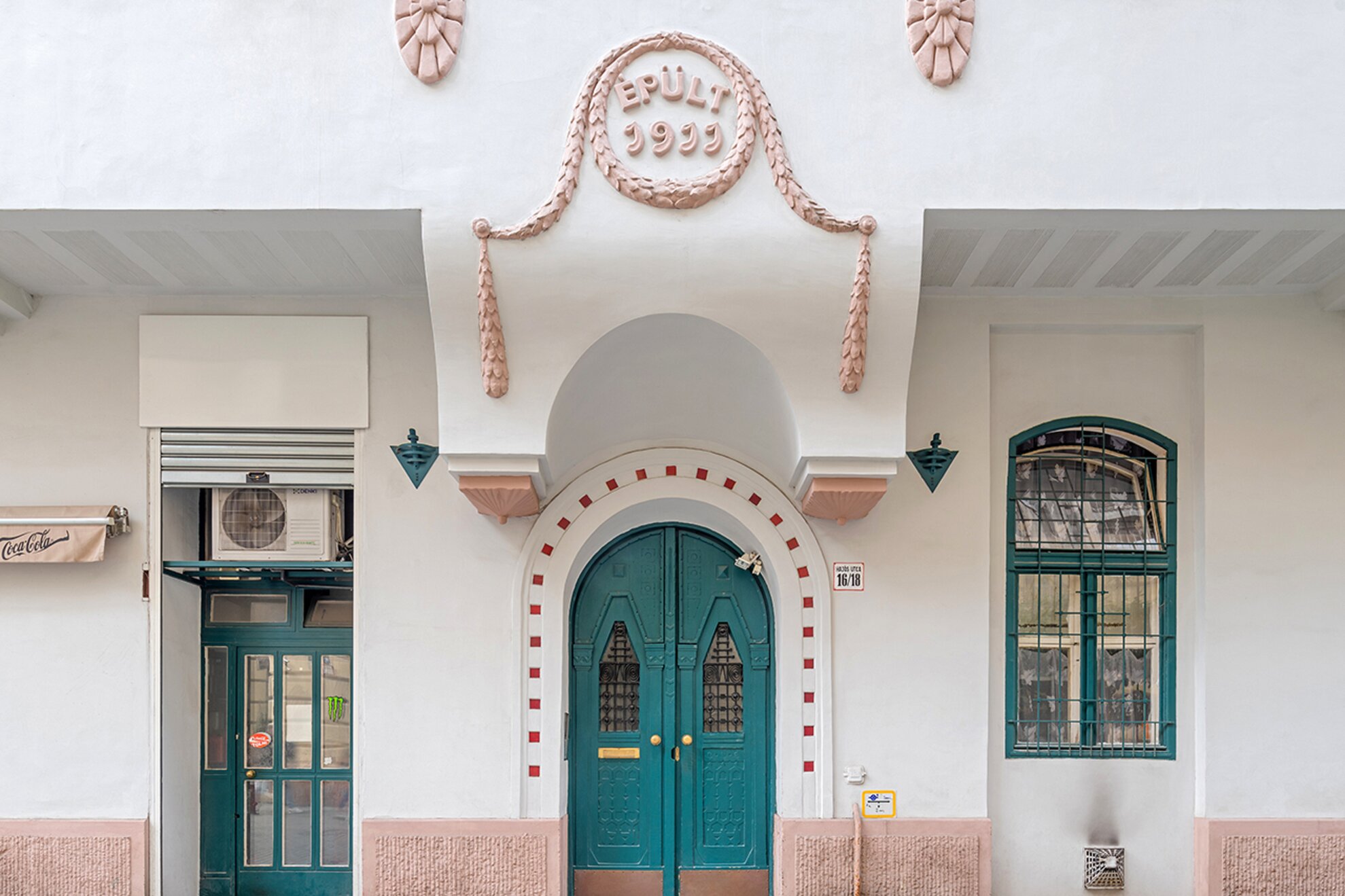
Although they had to comply with strict regulations, between 1867 and 1926 brothels could operate legally in Budapest. The pretty pocket park of Károlyi-kert, a family-friendly favourite just behind Astoria, seems an unlikely location for such activity, but here, at Magyar utca 29, the luxury Maison Frida operated from 1905 to 1933 as a ‘nightclub’.
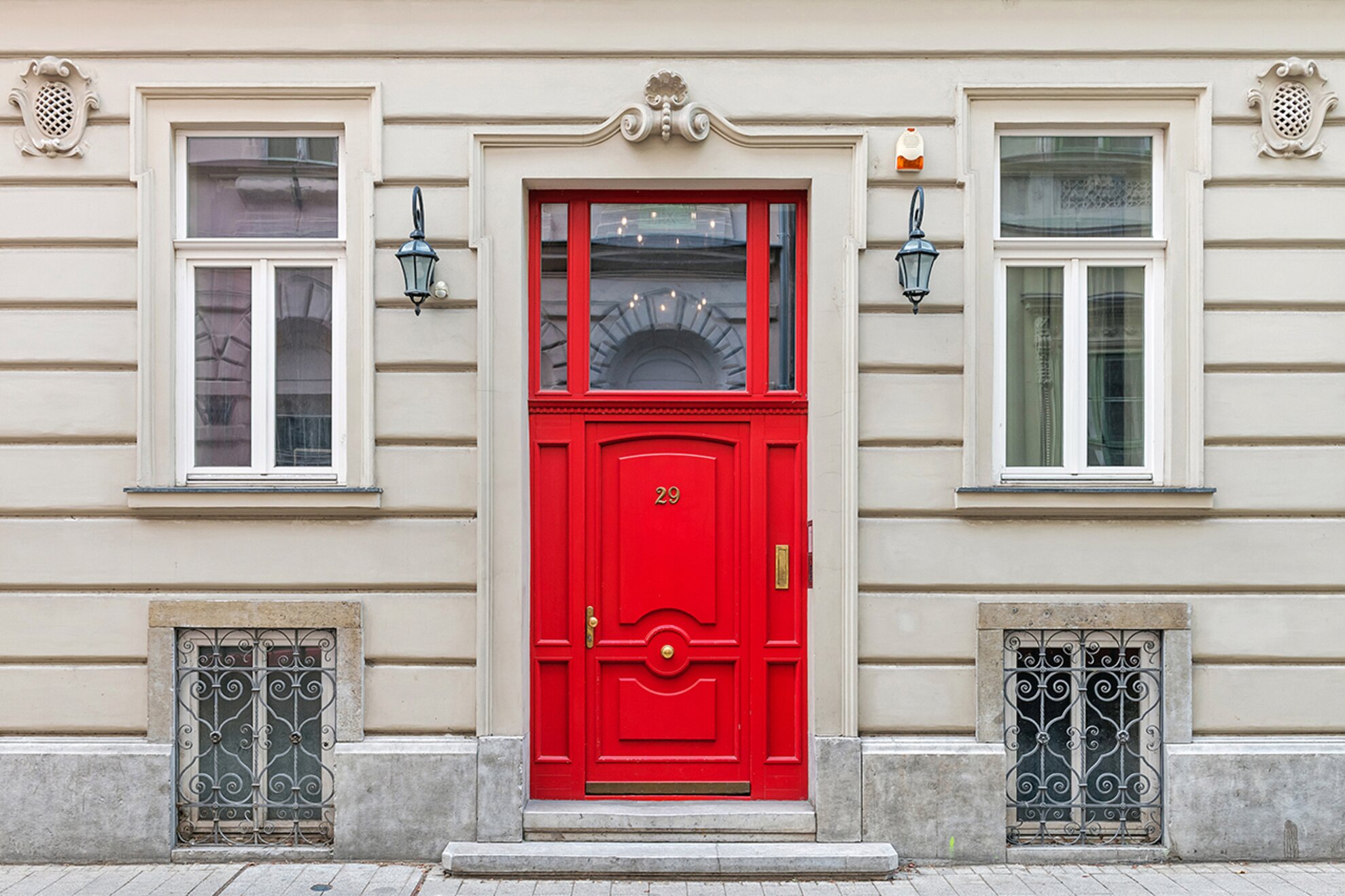
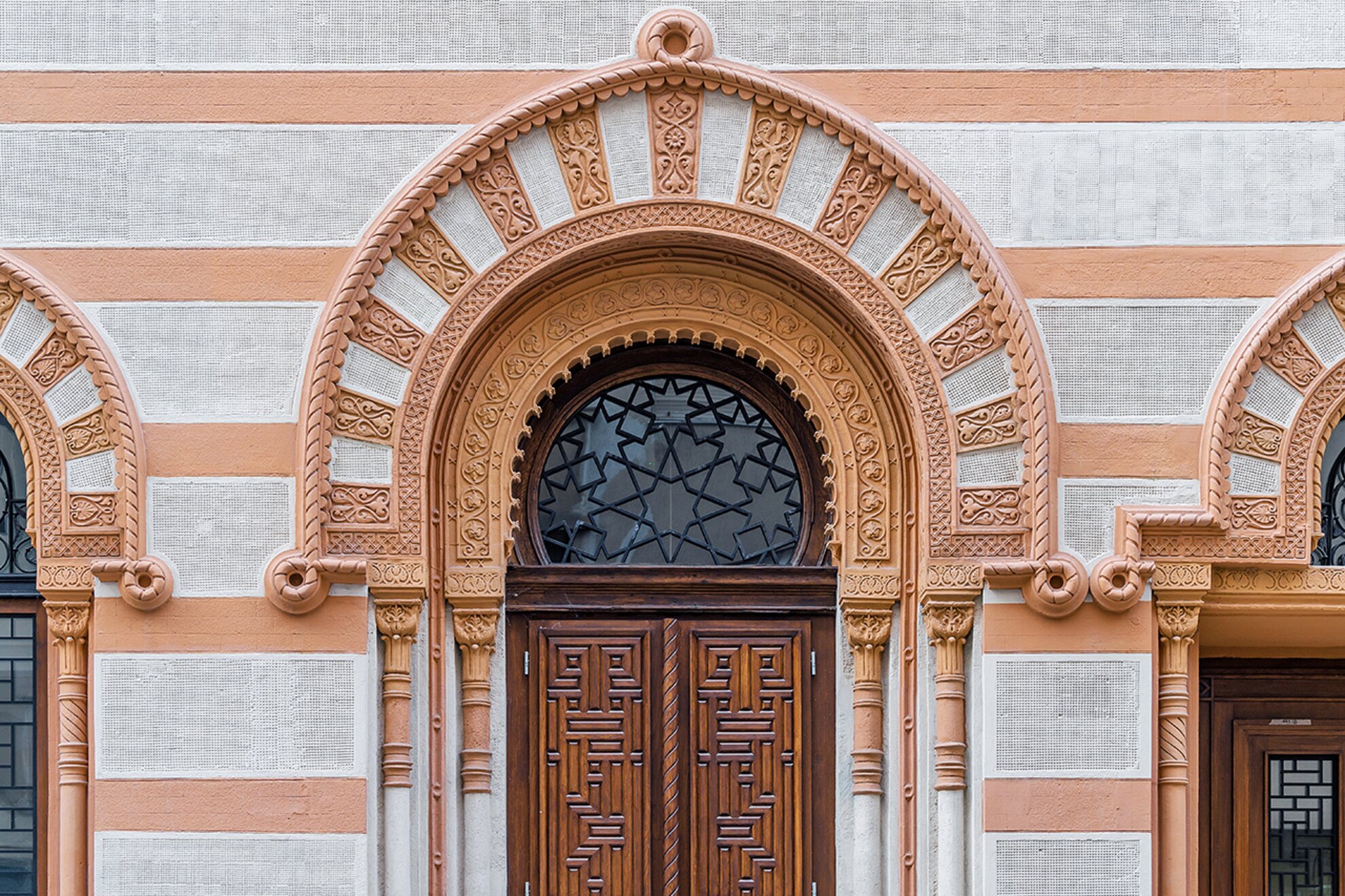
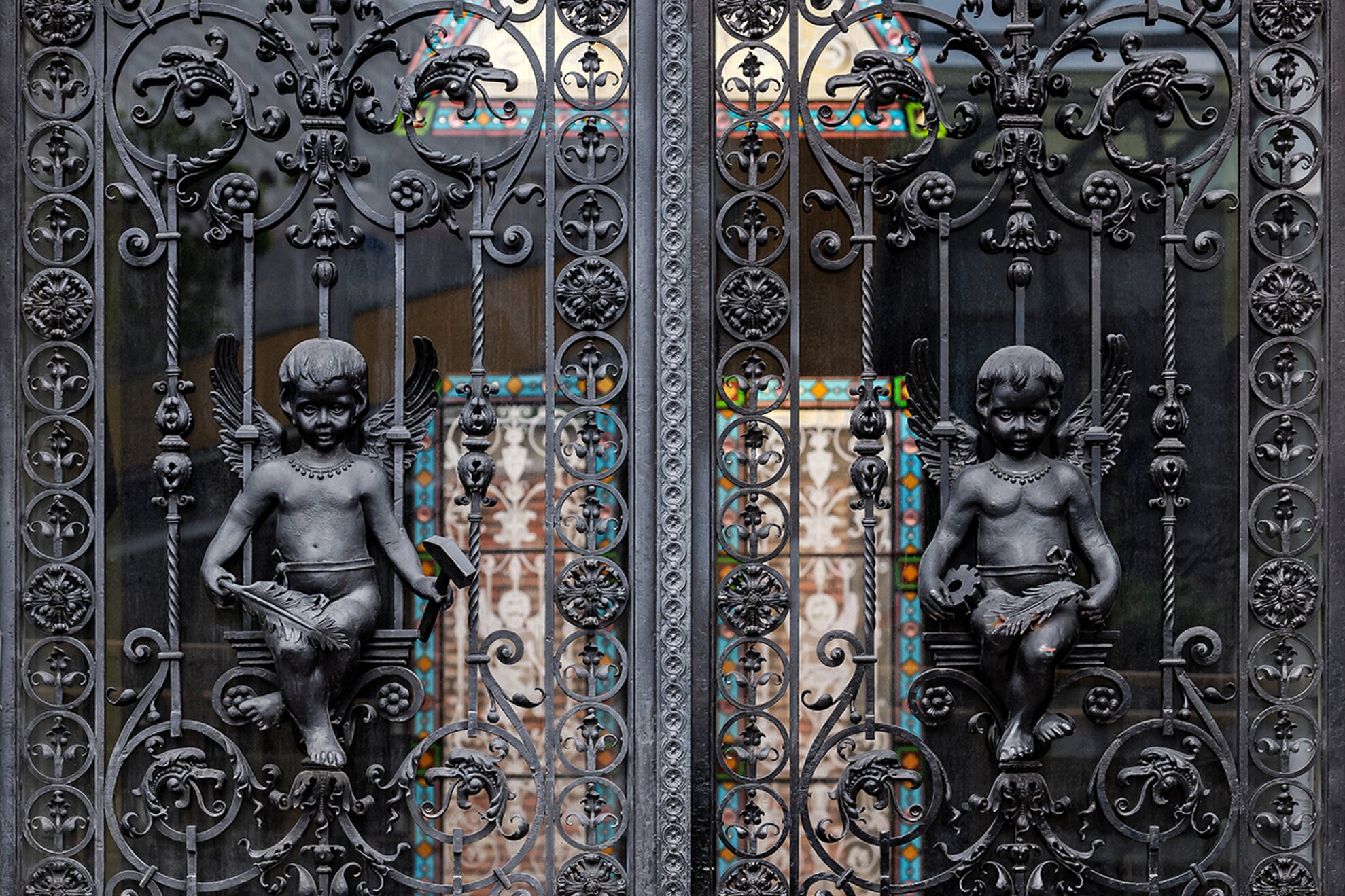
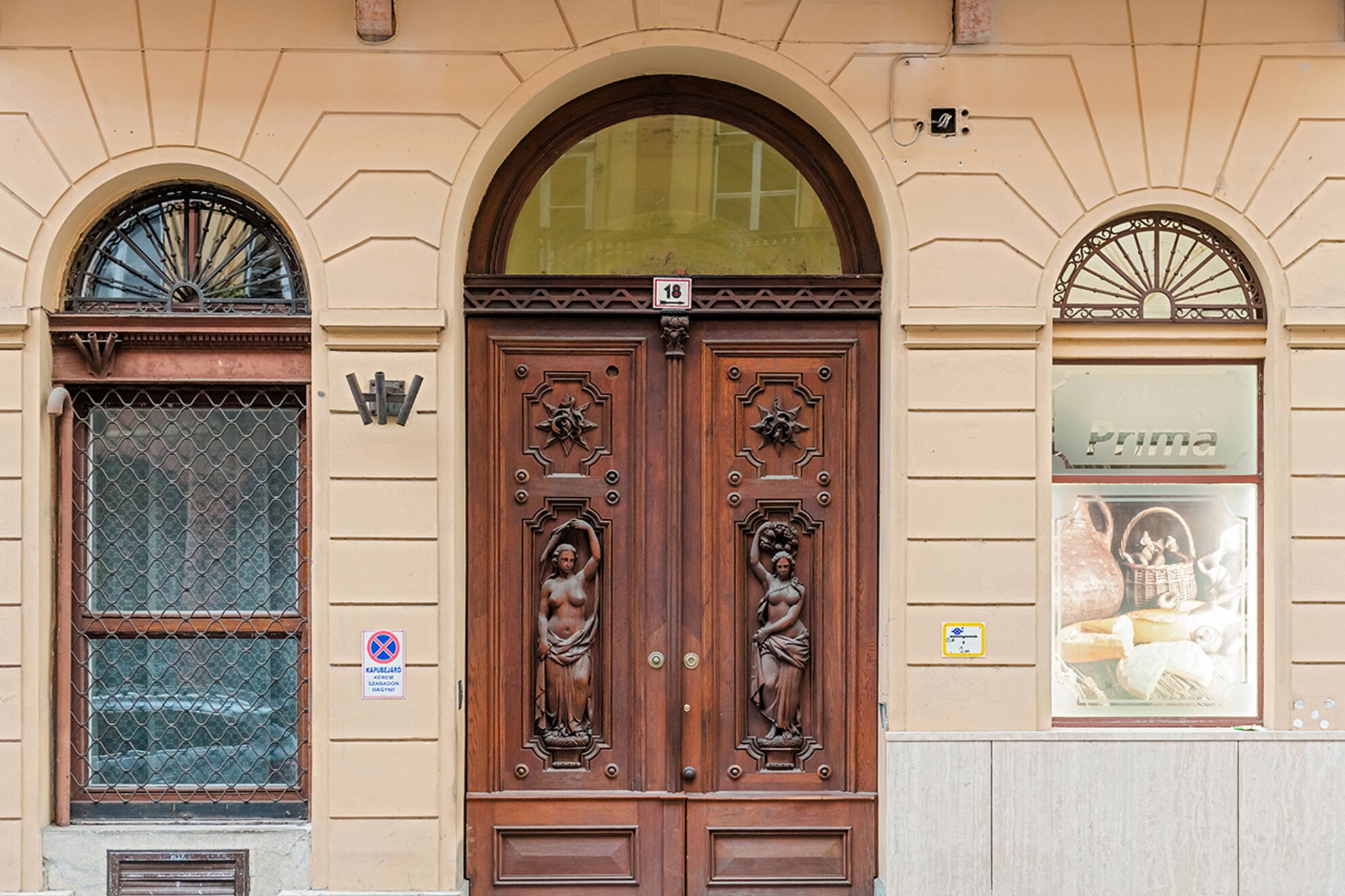
The Department of Facial, Jawbone and Oral Surgery of Semmelweis University is located at Mária utca 52, the former name of the institute still preserved thanks to the inscription on the gate. The decision to establish Józsefváros hospital was made in 1906, its building designed by József Kauser. When it opened, this was the first dental clinic in Europe with an in-patient department.
